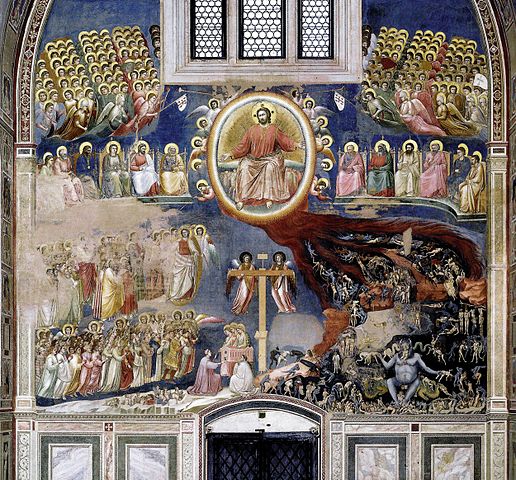Since Venice is only about 40 minutes by slow train from Padua, I figured I'd make a day trip there. It would be ridiculous to be so close and not even see the city, although I had to go alone since Morgan was busy working. When you step out of the train station, you're already in another world. The Grand Canal is just steps in front of you, and you're faced with the first of many green-topped domes you'll see.
I wandered in the same general direction as the throngs of tourists. I
didn't have a plan, or a map. My goal was just to walk around and see
what I could manage to see.
 |
| As you can see, it's not too hard to follow the tourists. |
Periodically you'll see signs on the corners of buildings that direct you toward the Piazza San Marco and/or the Rialto, so I broke away from the crowd and started meandering along small streets and crossing smaller bridges. I had been warned that it's easy to get lost or stuck in dead ends, but I didn't have much of a purpose in mind except "eventually end up at Piazza San Marco," so I figured it wasn't that big of a deal.
Plus, it was relaxing and quiet once you got away from the major crowds. Just Venetians going on about their daily business - people passing on bridges and stopping to talk, a woman asking what time it was and exclaiming over how much she was running late. In these parts of the city, it felt like a small town.
I thought I remembered something about cats in Venice, but I only saw one.
After doing some searching online, it appears that the cats were rounded up some years ago and deported to another island. There are still some hanging around, but not many.
It's strange to walk around and realize after a while that foot traffic is all there is. Obviously no cars, but also no bicycles. The only things with wheels were the dollies the delivery men were using (with frequent "attenzione!"s as they came up behind you). I found my way to Piazza San Marco and was back in the thick of the tourist crowd.
 |
| The church in the center, some of it on the left covered in scaffolding. The Doge's Palace is on the right. |
 |
| I was clear on what I couldn't do. |
I took a photo of the infamous Bridge of Sighs, and decided to check if the line for the basilica had improved. It hadn't; instead, it had gotten longer. So I definitely checked that off my list for the day and decided to push on to other parts of the city. After much trekking, I found myself on another island at what seemed to be the edge of the world.
 |
| You're gonna have to make this one bigger to really see it. Don't be lazy - click it! |
So I said goodbye to Venice with a photo out the window of the train as we prepared to cross the bridge back to the mainland.
It's been so hard keeping from adding even more pictures than I've already put into this post, but if you're looking for more, I'm working to upload the rest to my Venice Flickr set. I haven't got them all there yet by any stretch of the imagination, but give me a few days and check back because there will be more. And the night shot that's there is from my second trip to Venice, not this one (what? I've already been back?! Indeed, I have.).
The next post will probably be a sort of general wrap-up of whatever loose ends I have regarding Italy (in other words, an excuse to post photos I didn't find a place for yet). Or, you never know, it might be something else entirely. Watch this space.








,_1376-78,_battistero_di_Padova.jpg/627px-Giusto_de'_menabuoi,_paradiso_(detail),_1376-78,_battistero_di_Padova.jpg)



















